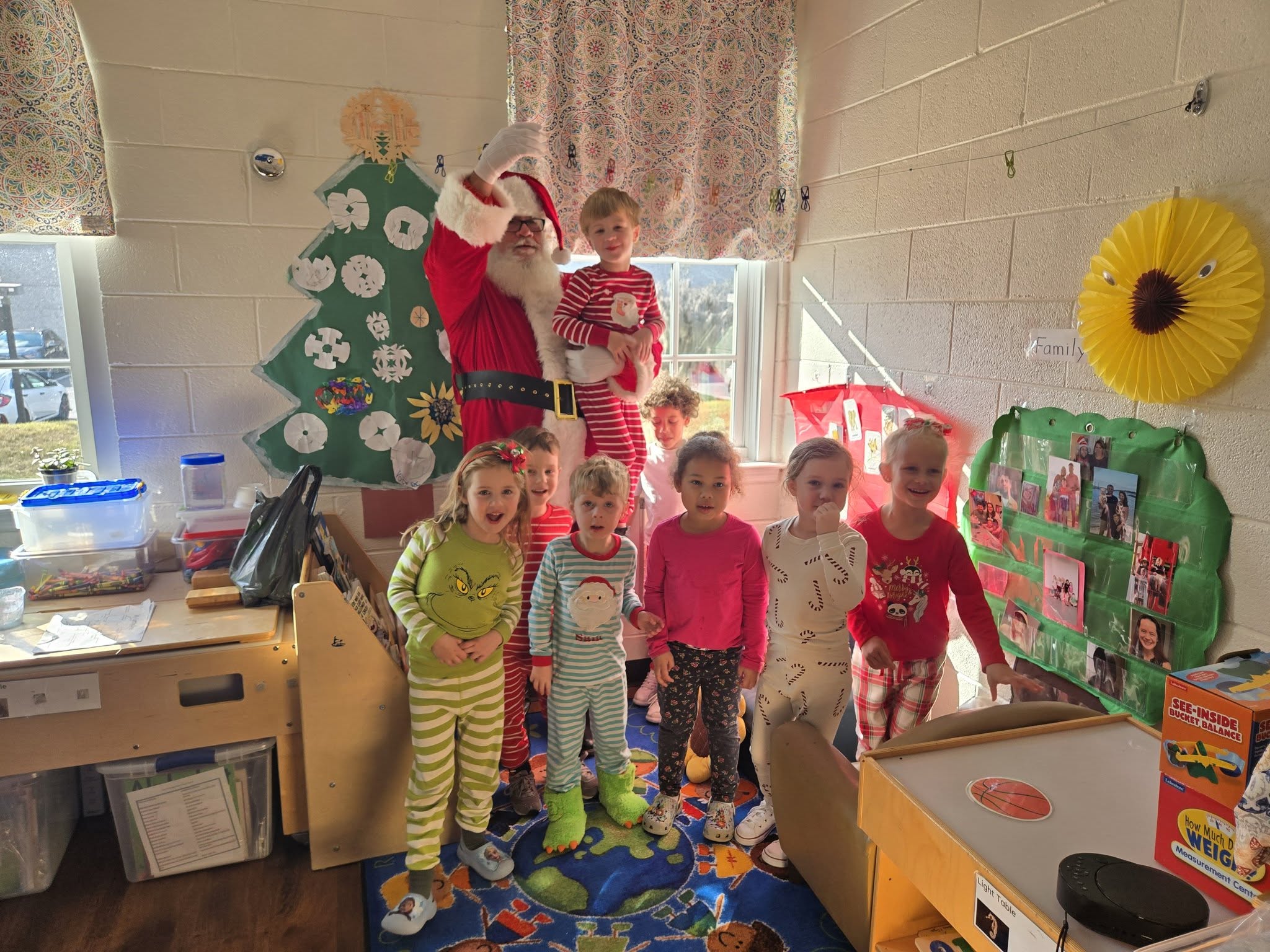Estates: University of St. Andrews
Standards Commission for Scotland
History of Western Civilization Told Through the Acoustics of its Worship Spaces

The Melange is the traditional Viennese coffee that is similar to a cappuccino. It consists of a shot of espresso topped with steamed milk and a small amount of milk foam. The Melange is typically served in a large cup and is often enjoyed with a glass of water on the side.
Starting 2025 we change our approach to responding to public consultation in the development of the NFPA catalog. Draft proposals are listed at the bottom of this page.
NFPA 101 Life Safety Code § UpCodes Free Access (Michigan 2012)
Means of Egress | Chapter 7
NFPA 70 National Electrical Code § Upcodes Free Access (Michigan 2023)
Elevators | Article 620
Second Draft Report
Pool, Fountain, Agriculture & Water Infrastructure Electrical Safety
Interconnected Electric Power Production Sources “Microgrids”
NFPA 72
Definitions. 3.3.89 Dormitory Suite (NEW)
Should show up in NFPA 101 and referral to them is appreciated.
Annex G.
Settlement.
Campus Fire Pump Network.
NFPA 110/111
NFPA 78 and 1078

Child Enrichment Center | Beaufort County South Carolina | Mike Anthony’s cousin Laura — retired from the public schools — works with the children here now.
Open agenda; Not Too Organized. Whatever anyone wants to talk about. We meet once a month like this. Use the login credentials at the upper right of our home page.
Winter Hours at our State Street Office: 8:30 AM – 4:00 PM
Join us for lunch 11:45 AM – 1:15 PM every Third Wednesday | University of Michigan Business School Executive Dining Room
“Christmas Families”
Catholic Central High School | Kent County Michiganhttps://t.co/OvLJVkE4vPhttps://t.co/RNCozv90o8 pic.twitter.com/zt3IyLsczj— Standards Michigan (@StandardsMich) December 23, 2023
“Driving Home for Christmas” 1986 | Chris Reahttps://t.co/USEQbf2wlp
Voices4You | Vorarlberg, Republik Österreichhttps://t.co/Ha9nzTg6PN pic.twitter.com/2K1IDukTfj— Standards Michigan (@StandardsMich) December 21, 2024
Autumn term, done ✅
Happy, happy Christmas all you wonderful people who work in schools. Time to rest 🎄 pic.twitter.com/laJGpaydEw— Claire Stoneman (@stoneman_claire) December 20, 2024
Sir Edward William Elgar (2 June 1857 – 23 February 1934) was an English composer, many of whose works have entered the British and international classical concert repertoire. Among his best-known compositions are orchestral works including the Enigma Variations, the Pomp and Circumstance Marches, concertos for violin and cello, and two symphonies. He was appointed Master of the King’s Musick in 1924.
Submissions are now open for the 4th International Audio Engineering Society Acoustics and Sound Reinforcement Conference!
Learn more and submit your paper now: https://t.co/ueFrLYr6Vx#AESorg #audioengineering #acoustics #soundreinforcement pic.twitter.com/zSnAgR8Chn
— Audio Engineering Society (@AESorg) July 13, 2023
This content is accessible to paid subscribers. To view it please enter your password below or send mike@standardsmichigan.com a request for subscription details.
#Snowstorms ❄️ are no match for our facilities team. Watch to see what it takes to keep our #Northeastern community safe and our #Boston campus clean. https://t.co/lDcjFRRhlw
— Northeastern U. (@Northeastern) January 20, 2023
February 16, 2024: North Shore Medical Center abruptly closes neo-natal, labor and delivery units
United States National Institute of Health Gene Map
“In 1970, Stanford professor Paul Ehrlich published a famous book, The Population Bomb, in which he described a disastrous future for humanity:
‘The battle to feed all of humanity is over. In the 1970s and 1980s hundreds of millions of people will starve to death in spite of any crash programs embarked upon now.’
That prediction turned out to be very wrong, and in this interview American Enterprise Institute scholar Nicholas Eberstadt tells how we are in fact heading toward the opposite problem: not enough people. For decades now, many countries have been unable to sustain a #population replacement birth rate, including in Western Europe, South Korea, Japan, and, most ominously, China. The societal and social impacts of this phenomenon are vast. We discuss those with Eberstadt as well as some strategies to avoid them.”
Out take [35:22]:
“…All right this gets us right to the heart of of your essay and of the matter quoting you yet again the single best predictor for National fertility rates happens to be wanted family size as reported by women now you note there are polls that ask women how many children they’d like and you know that this doesn’t correlate perfectly with birth rates but it’s the best indicator in one sense this is a reassuring even heartening finding it highlights the agency at the very heart of our Humanity…
[“You’re talking about free will there people choosing their family size but if we permit the non-material realm of life to figure into our inquiry we may conclude that proposals to revive the American birth rate through subsidies vastly underestimate the challenge the challenge May ultimately prove to be civilizational in nature”]
okay so I look at first of all that hits like a two by four — civilizational in nature — and on the one hand I think to myself wait a minute aren’t we all supposed to be delighted that in this modern world women are in a position to participate in the workforce they’re in a position to choose more carefully more explicitly more intentionally the number of children they’d like to have aren’t we supposed to believe that that’s a wonderful thing and that releasing that many women to the workforce should increase the dynamism and growth of our [economy]…and all that…good, good, good…”
New update alert! The 2022 update to the Trademark Assignment Dataset is now available online. Find 1.29 million trademark assignments, involving 2.28 million unique trademark properties issued by the USPTO between March 1952 and January 2023: https://t.co/njrDAbSpwB pic.twitter.com/GkAXrHoQ9T
— USPTO (@uspto) July 13, 2023
Standards Michigan Group, LLC
2723 South State Street | Suite 150
Ann Arbor, MI 48104 USA
888-746-3670
